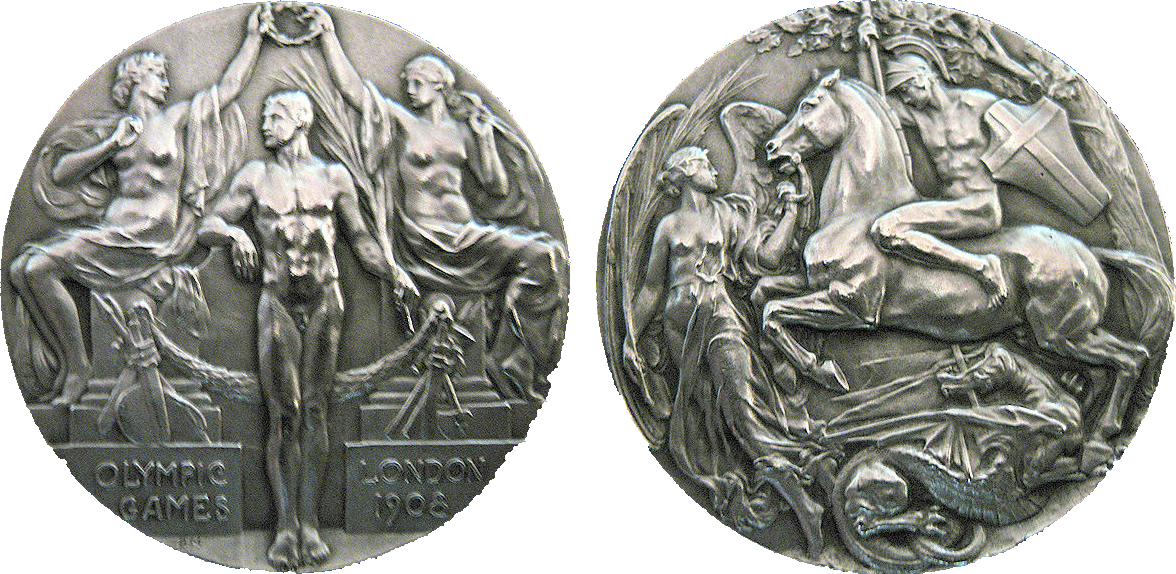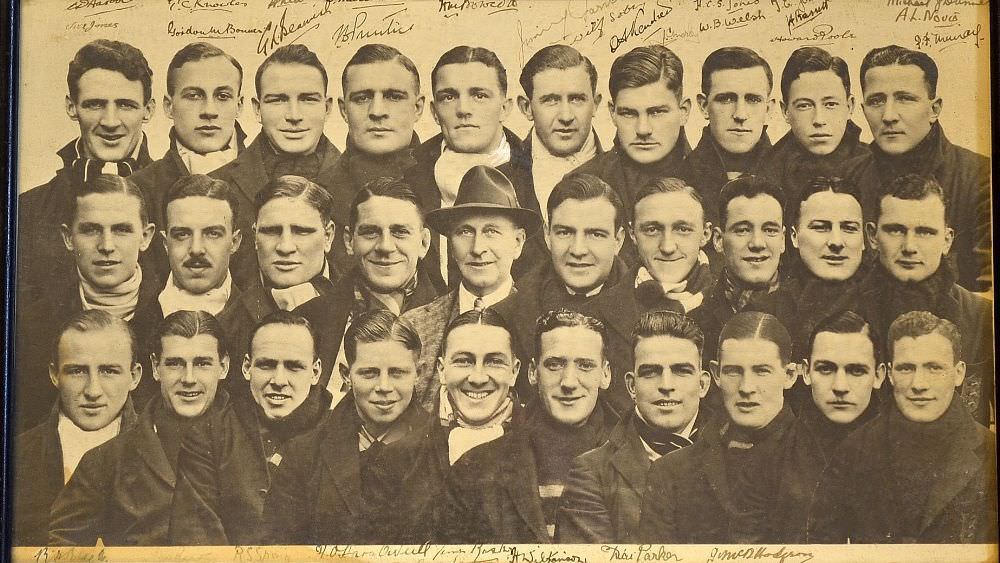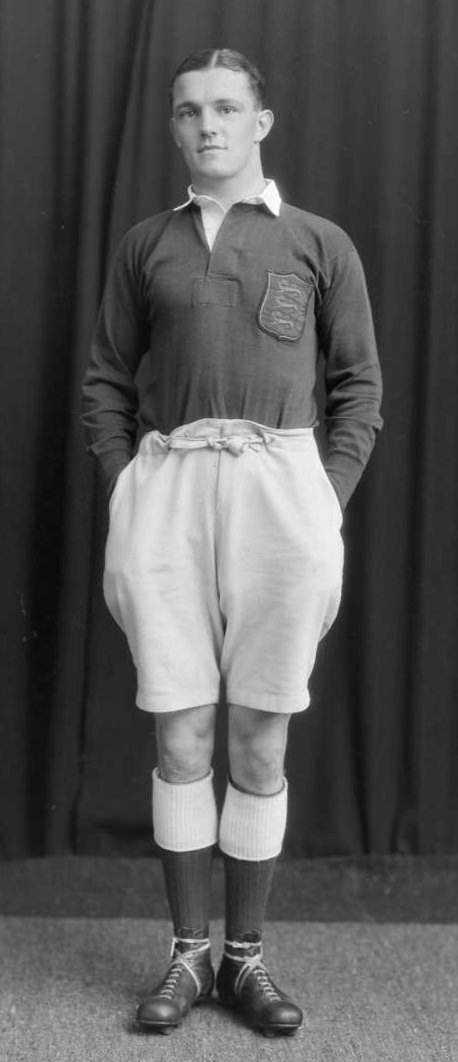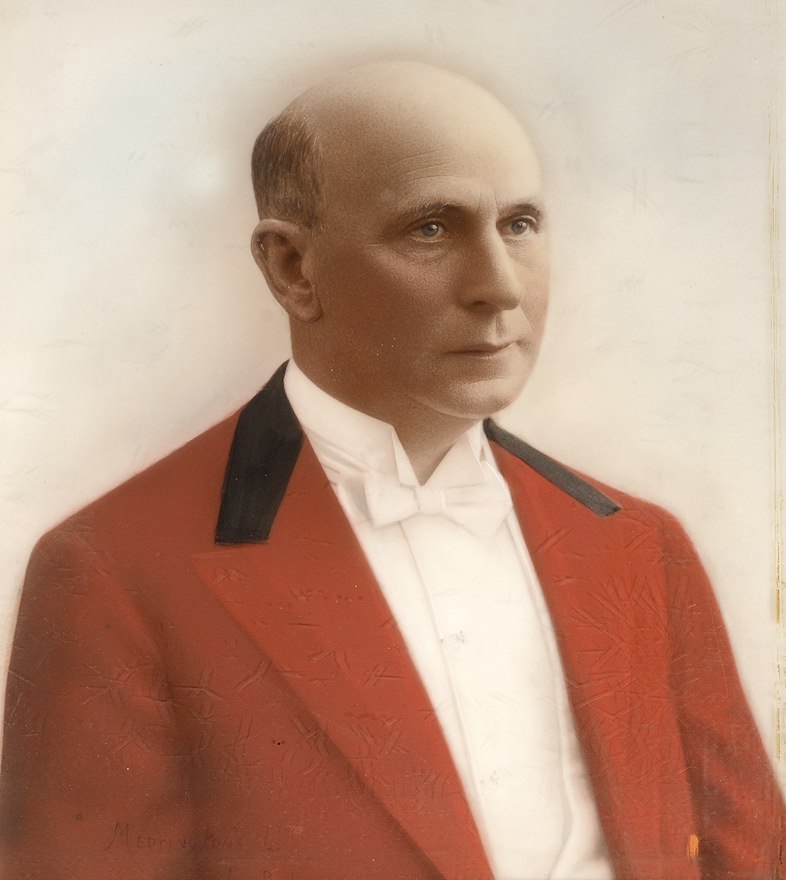Joe Pinnington looks back at the extraordinary sporting life of Hoylake past Captain, James ‘Bim’ Baxter, and his controversial Lions Tour of New Zealand 90 years ago.
James Baxter was born in Rock Ferry, just outside Birkenhead, in 1870. He was educated at Liverpool Institute across the River Mersey. Amongst its future pupils would be one half of the Beatles, Paul McCartney and George Harrison.
‘Bim’, as he was popularly known, became a man of many parts. After leaving school he went into the insurance business in Liverpool, then a major insurance hub thanks to the city’s thriving port. He must have been extremely successful very quickly, as from the age of twenty he appears to have become fully occupied by the world of sport.
Bim was a fine rugby forward and played for the Birkenhead Park Club, which he captained for four seasons. He represented Cheshire on 27 occasions and won three international caps for England.
Later he also developed a passion for sailing. He was the Commodore of the Royal Mersey Sailing Club and, during this period, a crew member of the British boat ‘Mouchette’ that won a silver medal in the London Olympics of 1908. However, this performance has to be put into context: only two boats entered the 12 metres class, the winner being from Glasgow where the races were staged.

An Olympic silver medal of 1908
Within minutes of World War One breaking out he called upon his nautical skills and joined up as a Lieutenant Commander in the Royal Naval Volunteer Reserve.
When hostilities ceased four years later he set his sights on the game of golf. A member at Royal Liverpool, Bim quickly became a fine player and was elected Captain in 1926. Three years later he assumed the Presidency of the Cheshire Union of Golf Clubs.
But rugby was the sport to which he made the greatest contribution. After his playing days he took up refereeing and adjudicated on three occasions at international level and, in 1927 became President of the Rugby Football Union.
Within the corridors of power at Twickenham Baxter was a prominent figure. One could even say he was an old fart but, unlike the ones Will Carling described 70 years later, Bim Baxter was an old fart with teeth.
In those days the honour and integrity of ‘The Amateur’ were paramount in many sports including rugby and golf, and this ideal was one Bim was sworn to uphold.
He became manager of The Lions for their 1927 tour of Argentina, one which is little mentioned or discussed - unlike his next foray, the 1930 tour of New Zealand.
The Lions hadn’t been there since 1908, and much - as they were about to find out - had changed.
.jpeg)
James ‘Bim’ Baxter in his Lions blazer
When they arrived in the antipodes Bim was astonished to see that the New Zealand players were used in advertisements promoting products, something which he regarded as utterly contrary to all rugby laws, codes and guidelines.
His stupefaction turned to rage when, at half time of the tourists’ first match, he witnessed the local players leave the pitch in order to take refreshment.
He was further horrified when he discovered that the All Blacks deployed substitutes to replace players who had been injured - 50 years before this became universal.
But he became particularly incandescent when he saw the formation of the scrums deployed by the New Zealanders during the Tests. It was a 2-3-2 formation with the 8th forward operating as a “rover” - probably better described as a “thug” - who protected the scrum half against any wing forward or other menaces.
The tactic was based on a loose interpretation of the offside law. The lack of a tour for more than two decades, when combined with the communications of the day, meant that, without much of the rugby world noticing, New Zealand had developed their own variations of the rules, encouraged by their very own one eye-ish way of playing the game.
Bim Baxter was a plain speaker. After the second match at Wanganui he described the rover as “nothing less or more than a cheat.” He was also a man of strong opinions; when asked about the popularity of rugby league in Auckland he replied, “Every city needs its sewer.”

Jim Baxter and his Lions squad
In one sense Bim would win - though the rover was never outlawed, changes to the game’s regulations governing hooking and front row numbers meant that by 1932 such a role became impractical.
As far as the tour was concerned he lost, and the disputes that accompanied it did distract from what was ultimately regarded as a fine series of matches, the first of which saw the Lions beat the All Blacks for the first time on a wickedly cold day in Dunedin.
However, this is not strictly speaking true. By the time of the 1930 tour the Lions had adopted dark blue shirts. The convention in rugby is that the home side changes colours in the event of a clash. The New Zealand team, already synonymous with the name All Blacks, expressed considerable reluctance to alter its ways but, after much debate, surrendered. Thus, for the Tests, the All Blacks became the All Whites for the first time.
Some accounts of Bim Baxter’s personality suggest he was a bombastic fellow who pulled no punches and sometimes misdirected them. But this does a disservice to a man who was not only clearly talented and driven, but also decent and caring.
Back in 1866 a number of Birkenhead Park members had bought the freehold of the ground and split the purchase into shares. Immediately after World War One, Bim persuaded those who now owned the shares to donate them to the Club in order to honour the 75 members who had lost their lives. Thus the ground became the sole property of Birkenhead Park Rugby Club - without his vision, determination and faultless reputation for making things happen, this purchase might never have taken place.
Years later, thanks to the generosity of the brother of Toggy Kendall, one of those killed, a special seat in the stand on the half way line was created for Bim. Sadly the stand was demolished during the sadder years of the Club, but thanks to the tenacity of the present membership it may rise again, along with that seat.
I, for one, would welcome its return.
Below: Harry Bowcott was one of the standout Lions of 1930





